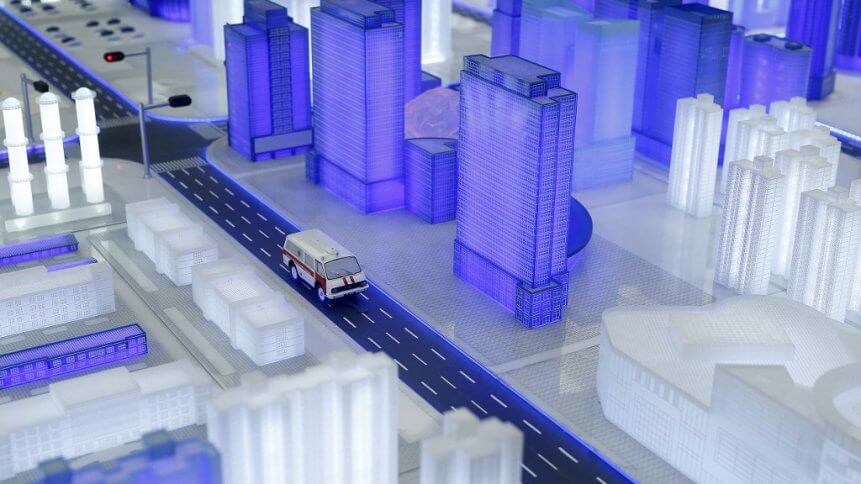UK councils to secure innovative future with smart city technologies

When it comes to figuring out where our cities progress from here, inevitably innovation featuring so-called smart city technologies will be top of mind. And with more pressing ‘crisis’ concerns receding recently, it looks like the UK’s many urban development projects can finally resume their improvement trajectories.
The phrase ‘smart cities’ might conjure images of driverless vehicles rolling our streets, or robotic-powered restaurants – or even more sinister visions of surveillance culture, or overzealous access to citizen data. And while these kinds of visions may one day become a reality of sorts, the fundamental concept of a smart city comprises the use of new technologies and data to improve economic, social, and environmental challenges.
A recent article by the UK digital minister, the parliamentary undersecretary of state at the Department for Digital, Culture, Media and Sport, as well as minister for digital and broadband, Matt Warman, outlined some of the local council initiatives taking place around the country that take advantage of technologies often associated with smart city development.
Leveraging ultrafast 5G network connections, for example. Warman detailed how the West Midlands is trialing 5G on the widest scale in the UK, including the country’s inaugural smart tram system, whereby 5G assists in ensuring safer trips by transmitting analytics data and CCTV footage direct to a control center, in real-time.
5G powering safety management systems is not restricted to the West Midlands. “In Manchester, one of our trials is using 5G sensors for AI-controlled traffic junctions, which test how to prioritize different modes of transport to reduce journey times, cut pollution, and protect cyclists and pedestrians,” wrote Warman in Computer Weekly.
Like the 5G sensors in such intelligent traffic management systems, “connected cities” enabled by internet of things (IoT) devices and sensors are cropping in different UK councils, where integrated infrastructure and devices within the communities are making entire locations in Sunderland and Newcastle more efficient, and also more sustainably-focused.
The digital minister emphasized that leveraging technologies like 5G and IoT is not all that makes a smart city ‘smart’. “Part of the work we are doing is making sure we understand the extent to which these technologies are being used and how they and the data they generate is managed. This will allow us to seize all the potential opportunities but also to put checks and balances in place to mitigate any potential risks,” Warman said.
As with all things becoming more connected and reliant on technology, however, cities getting ‘smarter’ means they are becoming necessarily laden with more technological infrastructure and data — and that means they will become increasingly vulnerable to new threats.
In 2019, a speight of ransomware attacks against cities, towns, and government organizations were recorded in the US. Augusta, Maine saw a cyberattack freeze its network and force its city center to close, hackers stole roughly US$498,000 from the city of Tallahassee, Florida, and a ransomware attack shut down Louisiana state websites and other online government services.
Minister Warman noted that for all the “major advantages” of these connected cities, they will also present attractive targets for malicious actors “looking to exploit or disrupt the critical functions they carry out and break into their treasure troves of data.”
YOU MIGHT LIKE

Why we might not be ready for smart cities
“Only by collaborating with those at the vanguard of their fields, as well as councils at the coalface deploying these technologies, can we have confidence in harnessing the potential of this infrastructure in a secure and sustainable way,” he continued.
With the goal of striving for sustainable urban developments, both from an economic as well as an environmental standpoint, the UK’s National Cyber Security Centre published a set of cybersecurity “good practice” guidelines for local council authorities and involved parties to come to grips with the scope of risks involved, and to be better prepared to build resilient, scalable systems that can sufficiently shield data while supporting with adequate network monitoring capabilities.
“The aim is to help designers, owners and managers of systems to have the tools they need to make well-informed cyber security choices,” the minister wrote. “I urge local leaders and smart city designers to follow the guidance.
“The digital infrastructure revolution will help us build back better and safer from the pandemic and if we make sure we have the right security in place, it will bring the immense benefits of technology to people up and down the country,” he concluded.








